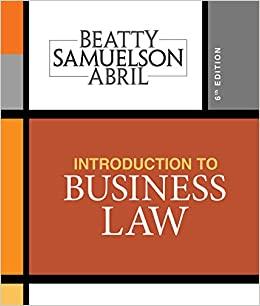
By the end of the nineteenth century, the United States banking system transitioned from (1 point) O a centralized system of state and national banks to a decentralized system of state banks. a centralized system of state banks to a centralized system of national banks. O a decentralized system of state banks to a centralized system of state and national banks. a decentralized system of national banks to a centralized system of state banks. The First Bank of the United States had characteristics that differ from those of the modern central bank of the United States. Which of the following is one such characteristic of the First Bank of the United States? (1 point) The First Bank of the United States printed all of the nation's currency. The First Bank of the United States was partially owned by foreign investors. The First Bank of the United States was issued an indefinite charter. The First Bank of the United States featured little corruption. How does fractional-reserve banking influence the money supply in the United States? (1 point) Fractional-reserve banks issue depositor funds to borrowers, increasing the number of claims made on the same dollars. O Fractional-reserve banks borrow and store funds from lenders, decreasing the number of physical dollars in circulation. Fractional-reserve banks store the entirety of every depositor's funds, limiting the amount of currency in circulation. O Fractional-reserve banks are permitted to print currency, increasing the number of physical dollars in circulation. Which of the following is a lasting impact resulting from 20th-century banking reforms in the United States? (1 point) Commercial and investment banking practices are strictly separated by law. Depositor funds are insured against potential loss in the event of a bank failure. The United States dollar can be exchanged for a fixed quantity of gold. Banks are required to keep the full amount of every deposit made in their vaults. Exchange-traded funds are popular investments that are easy to sell and have the potential to earn significant income for investors. However, they fluctuate wildly in price, increasing the likelihood that an investment fails. This investment features (1 point) low risk, high return, and good liquidity. low risk, low return, and poor liquidity. high risk, high return, and good liquidity. high risk, high return, and poor liquidity. Investing contributes to economic growth in which of the following ways? (1 point) O Investors earn returns on their investments, which increases their economic well- being. Investor funds are loaned to firms, who use borrowed funds to purchase capital. O Investors pool their funds into financial intermediaries that earn them larger returns. Investors diversify their portfolios to minimize risk in the economy








